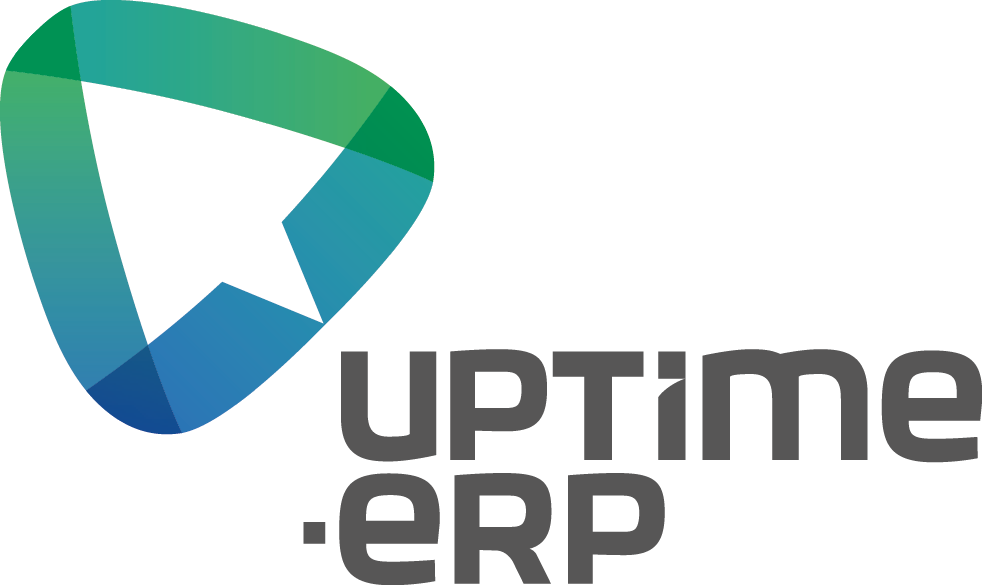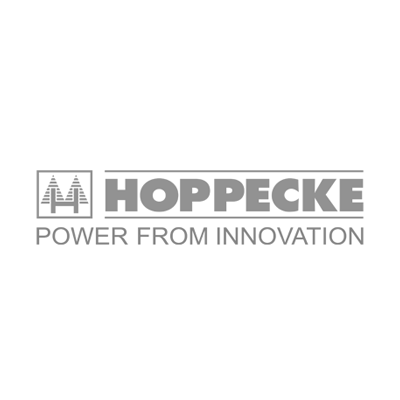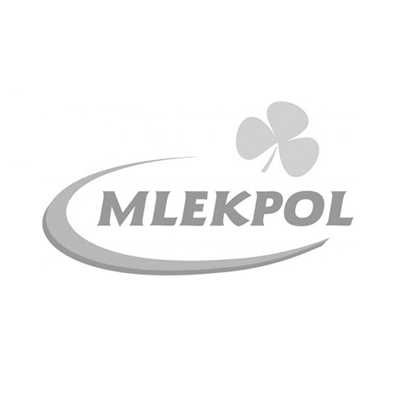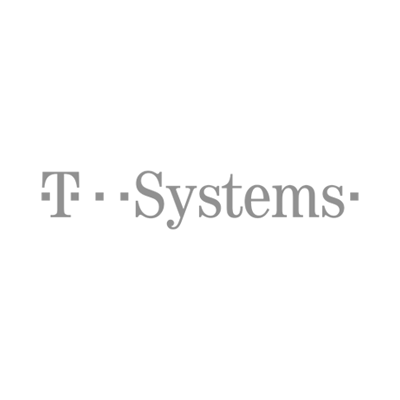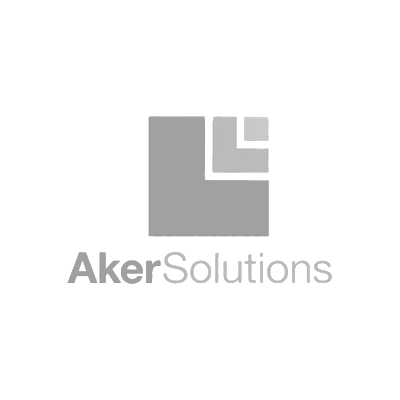ERP systems are one of the key tools enabling organizations to adapt to changing market conditions in today’s business world, where technology and data become the main competitive advantage.
Modern ERP systems like SAP S/4HANA offer not only business process integration but also the ability to optimize these processes using technologies such as artificial intelligence (AI), the Internet of Things (IoT), and predictive analytics. From an industrial perspective, ERP becomes a strategic tool that allows for both reducing operational costs and increasing the flexibility of the entire enterprise.
Modern ERP as a Catalyst for Change in Industry
Business transformation in industrial enterprises often requires a deep redesign of processes—ranging from production to logistics, financial management, and customer relations. The ERP (Enterprise Resource Planning) system is a crucial element in this process, enabling organizations to gain full visibility at every stage of the value chain.
Let’s analyze the example of a company manufacturing electronic components. Before ERP implementation, this company used fragmented systems that did not communicate with each other in real-time. Production planning was based on outdated forecasts, leading to overproduction of some components and shortages of others. Implementing SAP S/4HANA integrated data from orders, production, logistics, and sales into a single system, allowing for dynamic planning based on actual demand.
Production Process Optimization – Case Study
An example of ERP implementation in an industrial enterprise can be particularly instructive. The company—its name is secondary—specializes in manufacturing wind turbine components. Like many others, it faced the challenge of optimizing its production process. Before ERP implementation, the main issues included:
- Insufficient visibility in the supply chain. Lack of consistent data between purchasing, warehouse, and production departments led to delays in order fulfillment.
- Suboptimal use of resources. Machines in production plants were often underused due to errors in scheduling.
- Quality control issues. The lack of centralized data made it difficult to identify defective product batches and their causes.
Returning to our case study, the company implemented SAP S/4HANA in conjunction with the SAP Integrated Business Planning (IBP) module and IoT technology integration in the production halls. What was the result of these changes?
The key change—according to the company itself—was the transformation of the supply chain. It was integrated in real-time. What does this mean in practice? SAP S/4HANA integrated data from suppliers with production plans, allowing for better material supply planning. The system automatically updates demand based on sales data and inventory levels.
Additionally, machine scheduling was optimized. The SAP Advanced Planning and Optimization (APO) module, integrated with IoT sensors, allowed for dynamic machine scheduling, eliminating downtime and improving efficiency by 20%.
Another significant change was the noticeable improvement in product quality. Thanks to the traceability function in ERP, the company could track each stage of production, from raw materials to the finished product. As a result, the time needed to identify the cause of defects was reduced from days to a few hours.
Predictive Analytics as a Competitive Advantage
Predictive analytics is one of the pillars of modern ERP systems like SAP S/4HANA, enabling enterprises to predict future events and optimize key business processes. In the case of the mentioned industrial enterprise, the implementation of SAP Predictive Analytics combined with IoT technologies significantly improved the management of the machinery park. This system collected real-time data from sensors placed on machines, analyzing parameters such as operating temperature, mechanical vibrations, and energy consumption. Based on this data, advanced algorithms detected subtle patterns indicating potential problems before they turned into costly failures.
Note: Thanks to the implementation of predictive analytics, the company introduced a dynamic approach to planning preventive machine inspections. Traditional maintenance schedules, based on time intervals, were replaced by a “predictive maintenance” strategy, which was based on the actual condition of the devices. This resulted in immediate benefits, including a 30% reduction in unplanned downtime and a significant reduction in machine maintenance costs. Additionally, due to quick identification of potential issues, the lifespan of equipment was extended, which contributed to the stability of the entire production process.
However, predictive analytics didn’t stop at equipment management. Thanks to integration with SAP Analytics Cloud, the company’s management gained full visibility into key performance indicators (KPIs) in real time, such as machine utilization efficiency, mean time between failures, and costs associated with downtime. This data enabled more informed decision-making, supporting the optimization of operational processes across the entire organization. At the same time, the company implemented solutions for better production planning based on demand forecasts. SAP Predictive Analytics analyzed market data, such as industry trends, raw material prices, and regulatory changes, enabling the company to dynamically adjust production plans to current market needs. For example, forecasting demand for wind turbines in regions where climate policies favored investments in renewable energy.
An additional improvement was the use of weather data analysis and logistics indicators to support processes related to product delivery and installation. As a result, the company gained the ability to precisely manage inventory and avoid costly overproduction. Thanks to predictive analytics, the company could also implement “what-if” scenarios, allowing for the simulation of various business situations, such as delays in raw material deliveries or price changes. This, in turn, improved operational flexibility and better risk management in a rapidly changing market environment.
ERP Implementation as a Continuous Process
ERP-based transformation is a continuous process. In the case of the described company and its changes, implementing SAP S/4HANA was just the beginning of a broader process. The company regularly updates the system to introduce new features, such as integration with blockchain for tracking raw material suppliers. The ERP system has also been scaled to support new production plants in Europe and Asia.
Another key element was employee training, which allowed for full utilization of the new system’s capabilities. The organization implemented the SAP Enable Now platform, providing interactive training and end-user support, which increased their efficiency in working with the new system.
How should ERP implementation be viewed in this context? Undoubtedly, it is not just about technology integration, but primarily a strategic step toward business transformation. The example of the industrial company shows how an ERP system can revolutionize the operation of an industrial company by increasing efficiency, reducing costs, and enabling dynamic adaptation to changing market conditions.
Modern ERP systems, such as SAP S/4HANA, not only support daily operations but also become a strategic tool that enables companies to build a competitive advantage. With proper planning, team involvement, and the use of advanced technologies, ERP can become the foundation for long-term success in the industrial sector and beyond.
